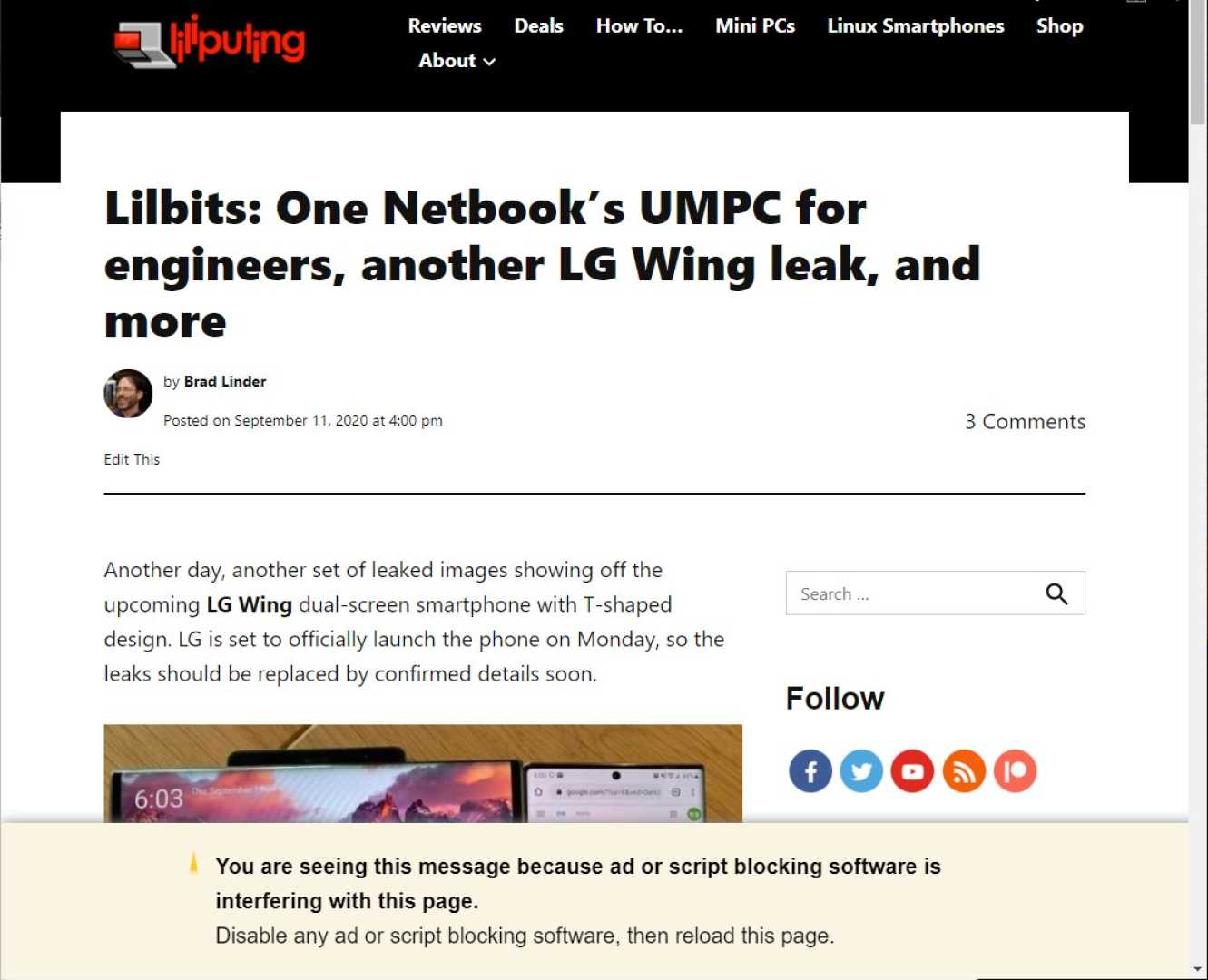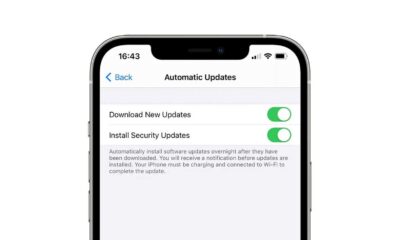Tech
Ad Blocker Warning: Users Face Restrictions on Content Access

NEW YORK, USA — Web users encountering ad blockers are faced with restricted access to content across many websites. Site administrators are urging users to disable these blockers for an optimal browsing experience.
On Tuesday, several major news platforms implemented pop-up notifications, requesting visitors to turn off ad blocking software. This widespread tactic aims to counteract the growing trend of ad blocking, which is reported to affect over 40% of internet users, according to a recent study by PageFair.
“Ad blocking significantly hampers our revenue streams, which are vital for maintaining quality journalism,” said Richard Sanders, a spokesperson for NewsCo, a leading media outlet. “We encourage our readers to consider the broader impact of their choices online, including the support of quality content creation through ads.”
The rise of ad blockers, especially among younger demographics, has prompted websites to rethink their advertising strategies. Experts suggest that content creators are exploring alternative revenue methods, such as subscriptions and donations. The shift demonstrates a growing conflict between user experience and financial viability for content-rich sites.
Many websites that employ pop-up messages allow users to dismiss the notifications, but they may restrict access to certain articles or features. Some sites offer premium ad-free experiences for subscribers, further incentivizing users to consider paid alternatives.
According to data from Statista, ad blocker usage increased by 14% last year alone, showcasing a dangerous trend for online revenue. As more users prioritize minimized ad experiences, websites are reevaluating their content delivery models.
In response to these changes, media companies are investing in innovative advertising solutions that blend seamlessly into the user experience. Native advertising and sponsored content campaigns are becoming more prominent, designed to engage users without overwhelming them with traditional display ads.
“We must adapt to remain afloat in a rapidly changing digital landscape, while also respecting our audience’s preferences,” noted Lisa Grant, a digital marketing strategist. “The future lies in balancing revenue generation with user satisfaction.”
As the discussions around ad blockers evolve, it’s clear that the digital media struggle continues, leaving both content creators and users to find common ground amidst the complexities of online commerce.












